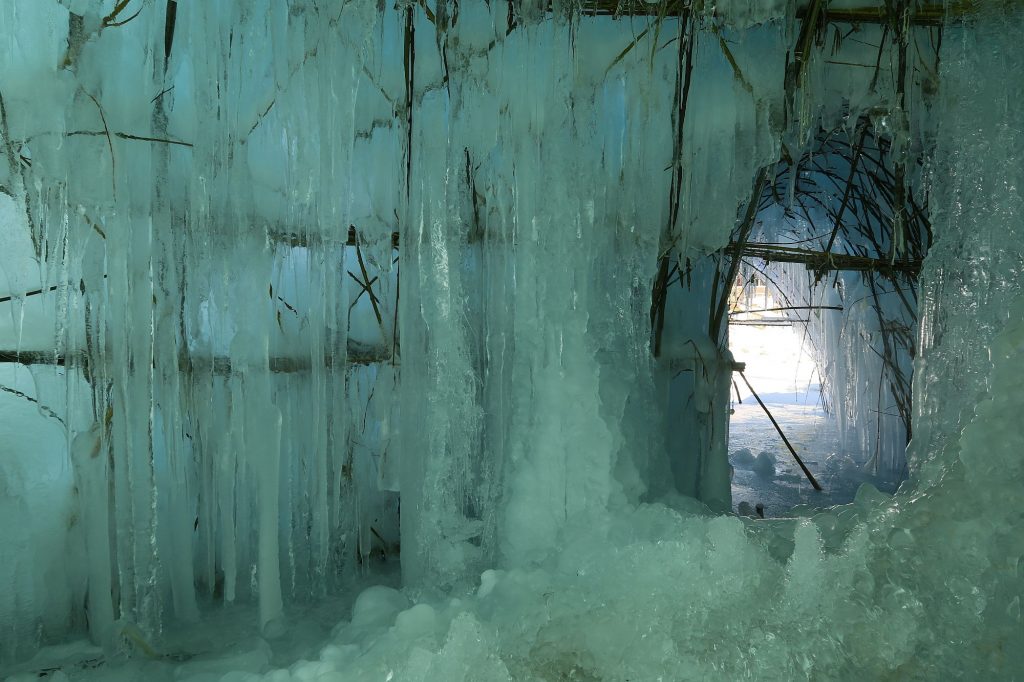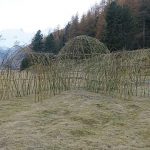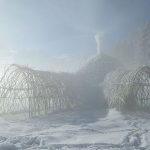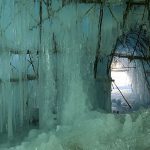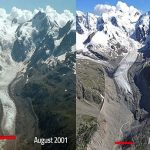Place: Oberengadin/Graubünden/Switzerland
Interview: Ovidiu Serghe
Water management through architecture: in this exciting low-tech, high innovation project, India’s region of Ladakh and Switzerland’s Obergadin learn from each other how to answer the questions of freshwater availability on dry lands and of the rapid shrinkage of mountain glaciers. The project is about sustainable agriculture and touristic development during the dry heat periods of the year. But it’s also about responsible architecture and, fundamentally, about holistic sustainability and our relationship to nature.
Ovidiu Serghe spoke to Conradin Clavuot, the initiator of this collaborative project. Conradin Clavuot’s internationally renowned practice is based on working with the existing qualities of the environment, enhancing them and trying to add new ones. He designs with clear elements based on strong basic expressions, handcrafts, nature-inspired treatments, materials and techniques. His awarded works and the competitions he consistently wins are points of reference on how to build in an environment with as much heritage, resources and strong a character as the Swiss Alps. He was a visiting professor with ETH Zurich during 2003-2006 and with the University of Liechtenstein, Vaduz during 2010 – 2016 for a Master course on “Cultural Sustainability in the Alpine Region”, mentoring students who won international awards with their dissertation projects.
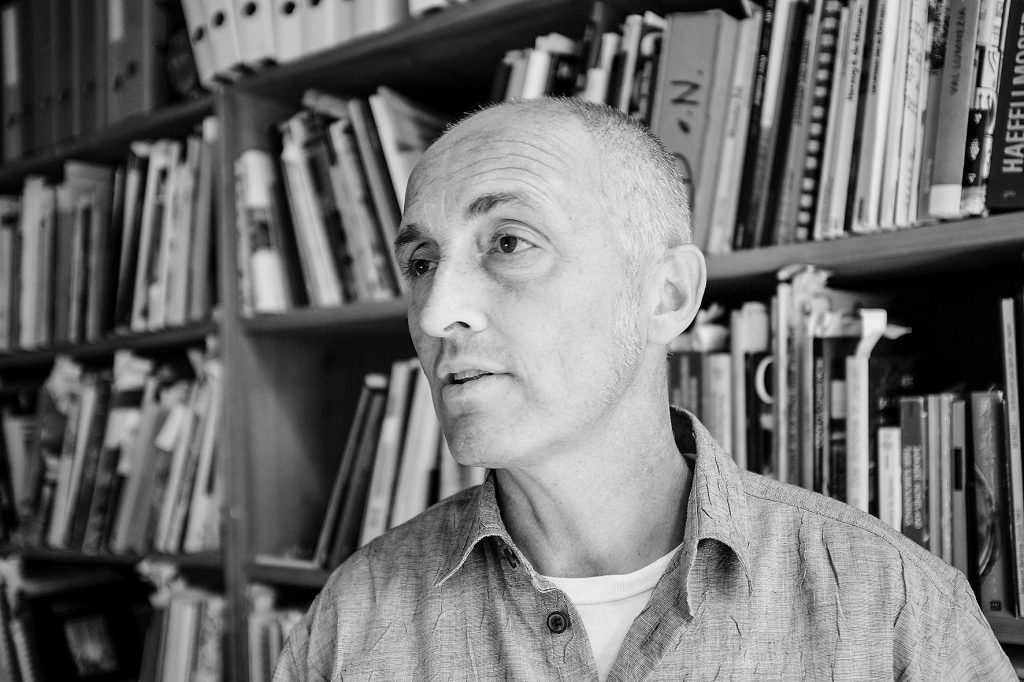
Ovidiu Serghe: How did this idea of bringing Ice Stupas from the Himalayas into the Alps come up?
Conradin Clavuot: I was teaching at the University of Liechtenstein. Together with my master classes, we were working on the theme of “Sustainable building culture in the mountainous regions”. We had the chance to go to Ladakh in the Indian Himalayas. There I met Sonam Wangchuk with his ideas about building and warming up houses only by nature. He also showed me the Ice Stupa Project, which helps the farmers of Ladakh with a general problem they encounter in spring: shortage of water for their crops. They live in desert-like regions, higher than 3500masl, where glaciers share their melting waters only after April, which is too late for seeds to develop well through the summer season.
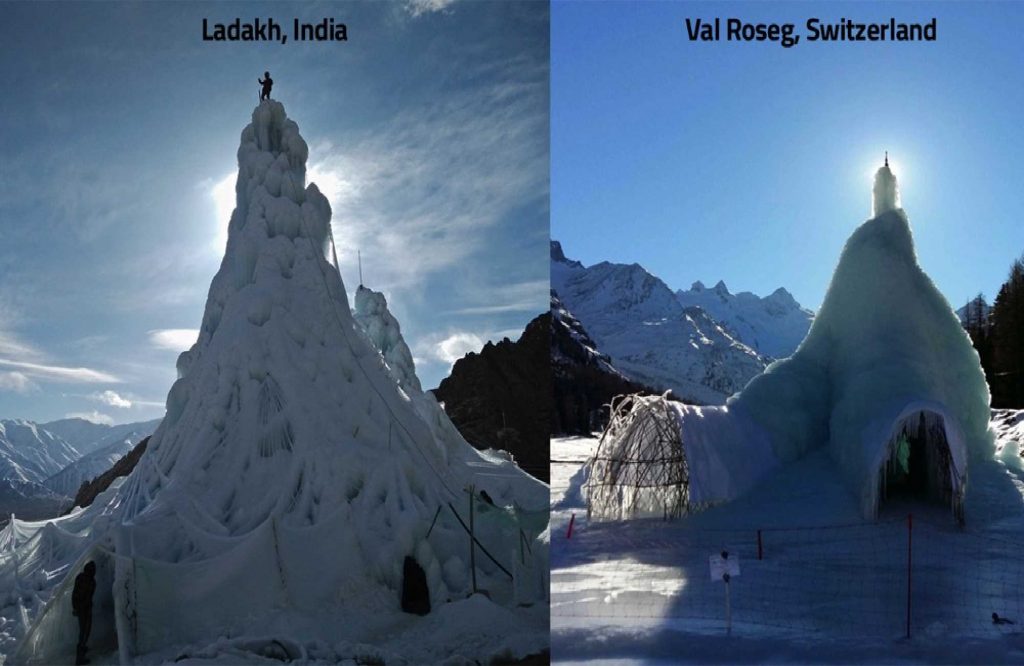
We in the Alps – but I see it as a problem in rather all high areas – are also lacking water a few times a year. We don`t need water for farming in early spring, but we do in May/June for potato crops and other vegetables, or for the Alpine refuges (houses in the mountains, belonging to the Swiss Alpine Clubs), from August to October. As the glaciers are melting very fast, those houses are facing water shortages during that period.
I was immediately convinced by the Ice Stupa Project in Ladakh and I saw a lot of opportunities for other regions as well. That’s why I brought Sonam and the Stupas to Europe.
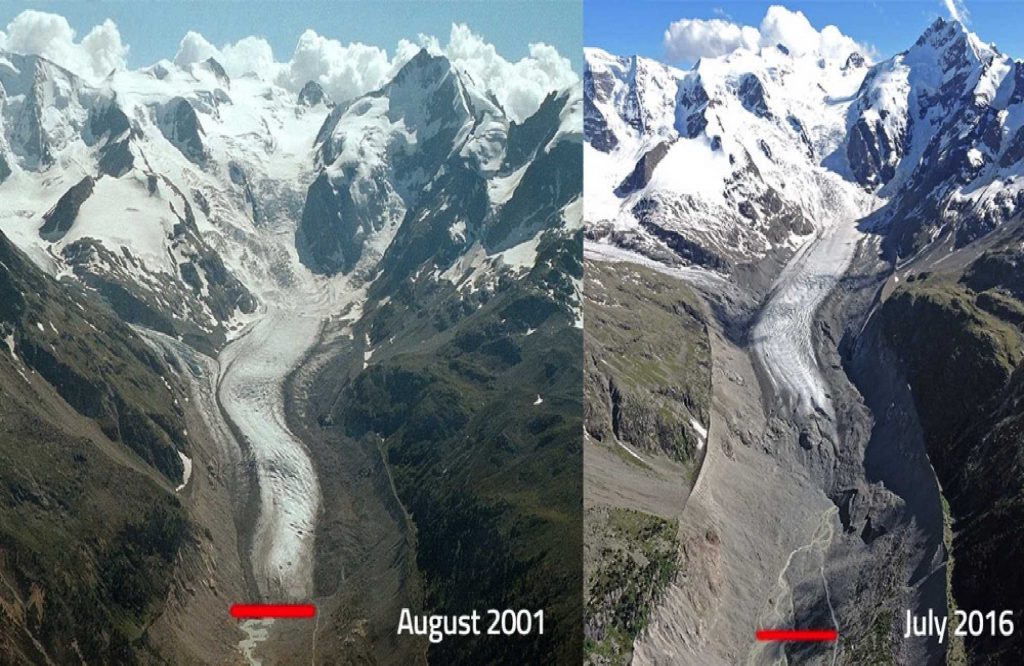 *The Morteratsch glacier in the Swiss Alps shows a serious mass loss. If this continues, the animals, trees and communities depending on this water catchment would soon be water scarce. / Source: icestupa.net / foto: C. Levy
*The Morteratsch glacier in the Swiss Alps shows a serious mass loss. If this continues, the animals, trees and communities depending on this water catchment would soon be water scarce. / Source: icestupa.net / foto: C. Levy
O.S.: Why did you choose Oberengadin/Graubünden as the location of the structure? What are the implications and benefits of the project for this area?
C.C.: Our regions (in fact, all regions in the world) will soon be facing bigger water problems: nowadays, everybody here understands the world’s raising temperatures and the melting glacier storage issues. But, in fact, nobody is acting against them. I wanted the project to benefit my region, my surroundings, a place where I can help because it`s close and I know it. I guess it`s best if you start at your own doorstep. If our ideas and projects work out, we can extend our working fields.
Besides, I met Dr. Felix Keller, a glaciologist and teacher in the Samedan/Engadin valley (our highest Alpine zone and best known touristic area, home of the resorts of St.Moritz, Pontresina etc.), who is trying to extend our biggest glacier – the Morteratsch Glacier – adding to it a zero energy system. We talked a lot about combining the Stupa ideas and his experiments and we suddenly discovered many synergies with meaningful commitment fields.
Many people and institutions are involved with the water problems and treatments here (the Graubünden Canton, power station companies, communities, private individuals, WWF…), so it`s not that difficult to find support for projects like ours.
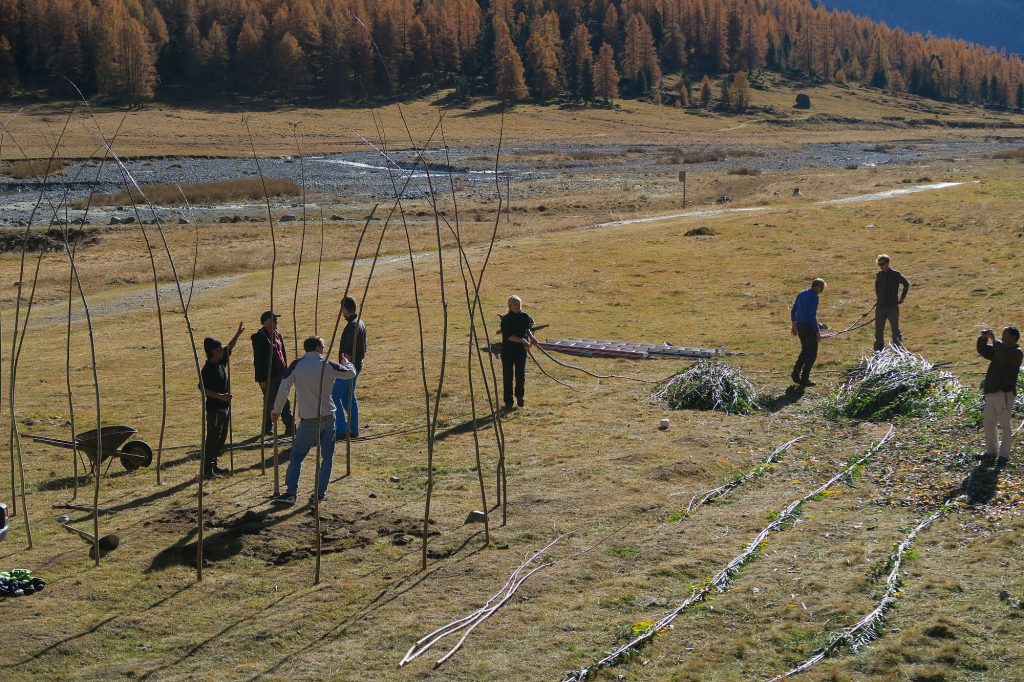 *Construction of willow netting: fresh and strong willow branches are sticked into the earth. Diameter of the Stupa: 5 m. Thinner rods are braided to long ribbons.
*Construction of willow netting: fresh and strong willow branches are sticked into the earth. Diameter of the Stupa: 5 m. Thinner rods are braided to long ribbons.
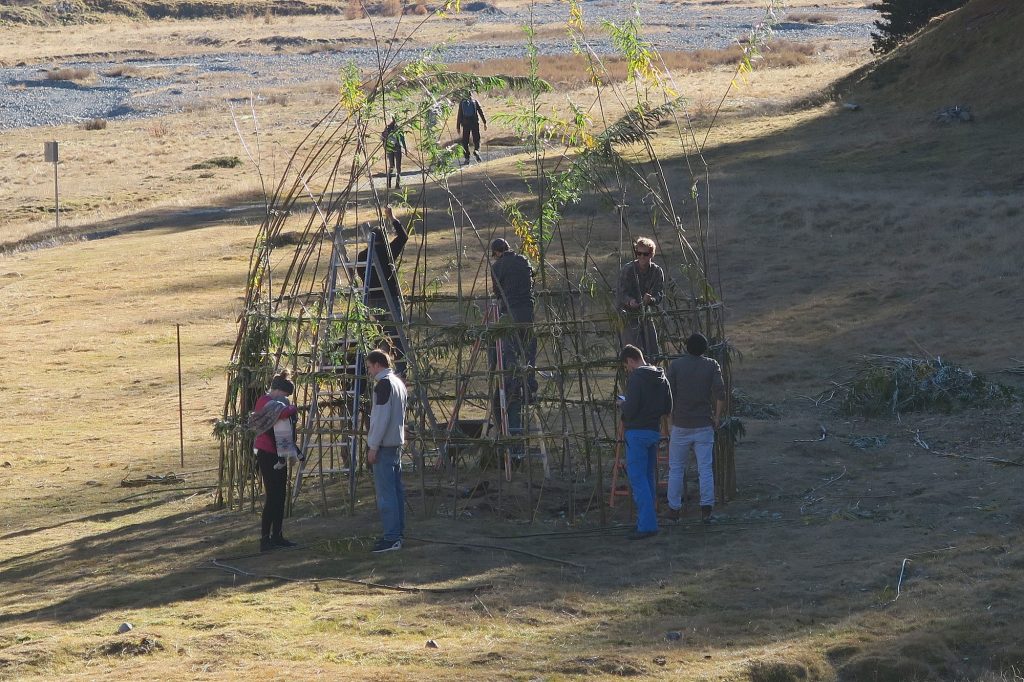 *The willow branches were linked to a right open lattice structure. The construction gets stable quickly. A dome-shaped construction is statically optimal and forms the basisfor a optimized surface.
*The willow branches were linked to a right open lattice structure. The construction gets stable quickly. A dome-shaped construction is statically optimal and forms the basisfor a optimized surface.
O.S.: What kind of people and institutions are involved or interested to become part of this process?
C.C.: We are deeply bonded to Sonam Wangchuk, his team and works in Ladakh and in Sikkim. The Community of Pontresina – the “owner” of the Morteratsch glacier region – is part of our team. The Graubünden Canton is supporting us financially and politically.
The Graubünden Council in Berne (each Canton sends 2 councillors to the Swiss Council of States) is our godfather: it is our link to many institutions. The Swiss Ambassador to Stockholm is one of our biggest facilitators.
We founded the Ice Stupa International Association (www.icestupa.net). Many people are interested to become members and to help us with the projects. The SAC (Swiss Alpine Club) is inviting us to do the actual project for the Lischana hut in the Engadine mountains. Many Alpine refuges are currently facing the same problems. There, we will combine an Ice Stupa with spraying snow (energy used only from high water pressure) and we will cover it with natural material to preserve the ice until August/October.
The ETH Zurich, through Professor Günther Vogt, Department for Architecture and Landscape, is part of our team. The University of Utrecht (NL, Prof. Hans Oerlemans), the Academia Engiadina (tourism school), the Advanced Technical College of Northwest Switzerland (FHNW), are helping with all the needed details. Walter Niedermayr, the well-known photographer tackling the themes of mountains and humans, is also involved. Every day, new interested people and institutions are getting in contact with us.
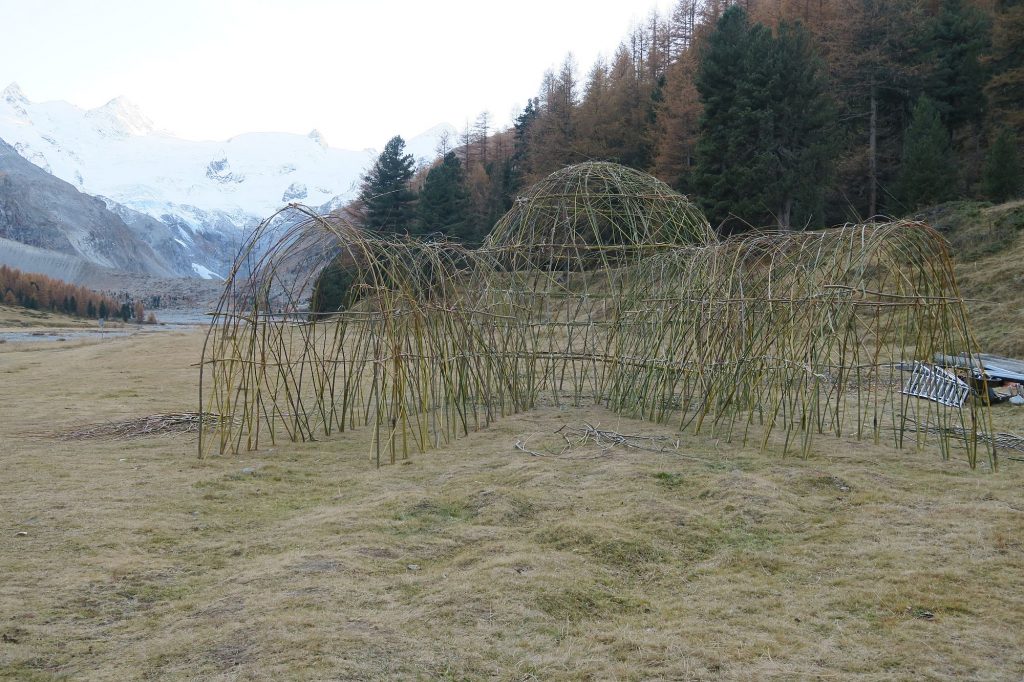 *Finished wickerwork on November 2nd, 2016. 6 people can complete this work in 3 days
*Finished wickerwork on November 2nd, 2016. 6 people can complete this work in 3 days
O.S.: How can this type of project be built and maintained year after year?
C.C.: We are still in the experimental phase. This year, we are starting with an Ice Stupa Village close to the Morteratsch railway station. This is a project where everybody – private individuals, institutions -can build their own stupa. The aim is to raise public awareness to the problems.
Besides, the stupa village is a training field for us: each stupa will be done in a different way, with different sprinklers, with different heights and space. Why do we do that? Our first experiment was quite pleasant but it also brought many childhood problems, and also maintenance issues. Here, we need to be better! The stupa should work with minimal support. Once the structure is erected (the willow basket inside, the tubes and the sprinkler) and the system works without problems, the owner can maintain it all alone. We predict that, within 1-2 years, we will have the system ready to be patented.
 *Construction of water pipes. The freezing of water pipes must be prevented. Use of waters and pipes as large as possible
*Construction of water pipes. The freezing of water pipes must be prevented. Use of waters and pipes as large as possible
O.S.: Could you tell us how this project handled the construction regulations of Switzerland and if there were any concerns or issues about it?
C.C.: Actually, it is made primarily of purely natural elements. This is a big advantage. Secondly, we build something like a temporary structure. In terms of building rules and zoning protection, it`s different from fixed and massive interventions.
Also, as this is a general problem for the people and the environment, a problem for which we are trying to find solutions, officials and political institutions want and need to take steps towards improvements.
But there are limits: one can never do interventions such as small bridges, tracks, small dams, tubes etc. in highly-protected areas. Here, we need to find other ways. It is the same in respect to the Morteratsch Glacier Extension Project, where we want to sprinkle the glacier on a field of 1 square km over 30 years. But again: with no added energy! Energy is only supplied by water pressure and by a perfect contraction choke! We need to extend the project as a nation- or international-wide one. This project will involve all kinds of parties and it needs a long political and fundraising track.
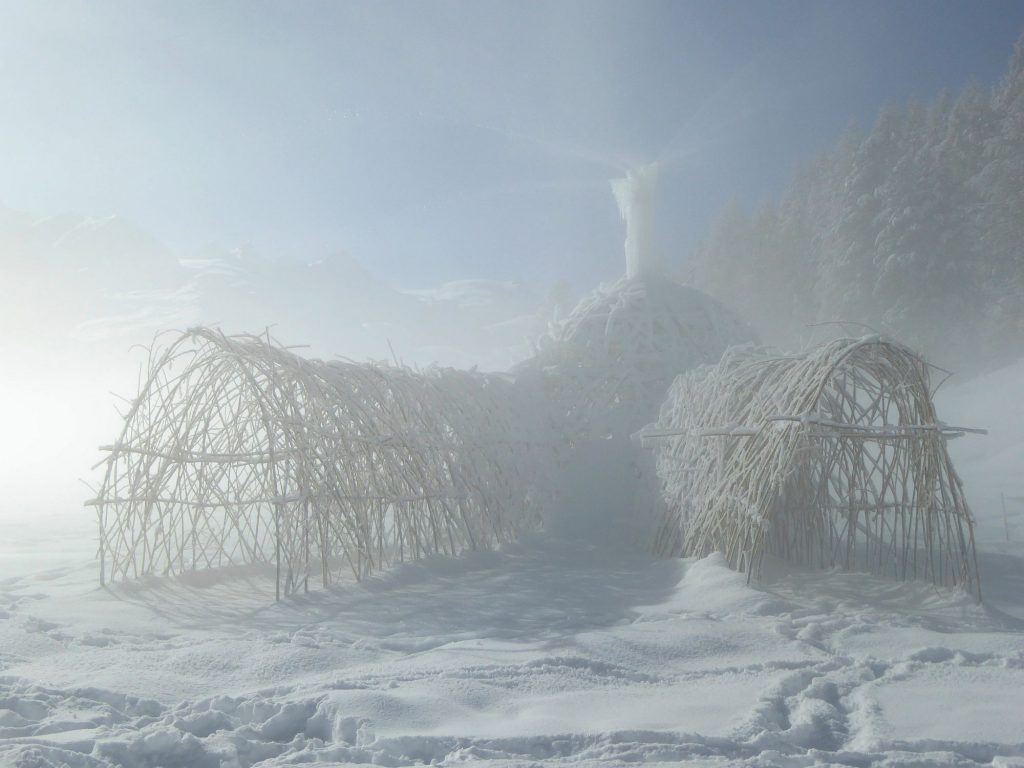
O.S.: Can you elaborate on the architectural meaning of the project?
C.C.: Right now, architecture is only a small part of the work. I didn’t get so strongly involved in this project in order to get work for my studio. I was just convinced by the main ideas and by how it applies to our regions. However, we strike many themes close or connected to architecture: landscape contemplation, human work in relation to nature, shaping fluid water to a purposeful form, constructing basic structures, working only with natural materials and energies, constructing by doing: small paths and other changes in nature are showing up without planning them and so on. Soon, we will discuss and plan little dams, the protection systems of the stupas, primitive shelters for maintenance people, little stone arches as bridges… This is my challenge and joy. Not only as an architect but also as a mountaineer.
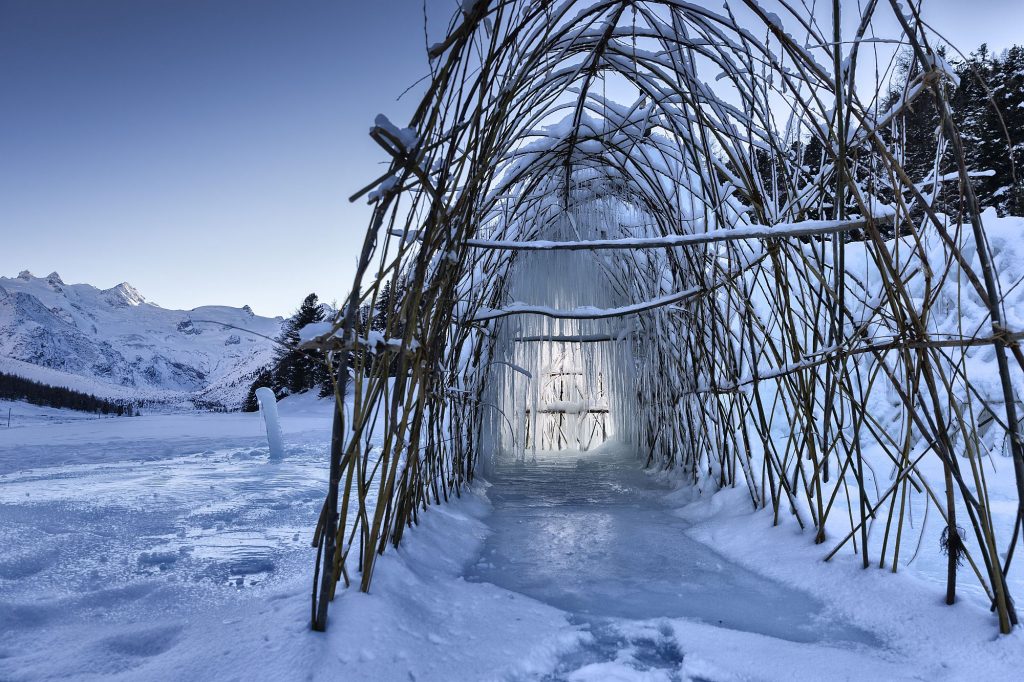
O.S.: Do you think that this way of creating only the framework for a project can be applied to other types of buildings?
C.C.: I`m generally interested in low technique buildings and structures. Everybody can understand them. I want to work with a low energy impact: no grey energy, working with reusing materials (like second hand glass/windows, PET bottles…), integrating the heat of the sun and storing it in the mass, working with natural materials and techniques. As I see it, sustainable architectonic qualities in history could mainly survive because of their simple, well and cleverly elaborated systems and because of the need to work with nature: nature survives best in its own nature. I try to best integrate these ideas in my architecture office.
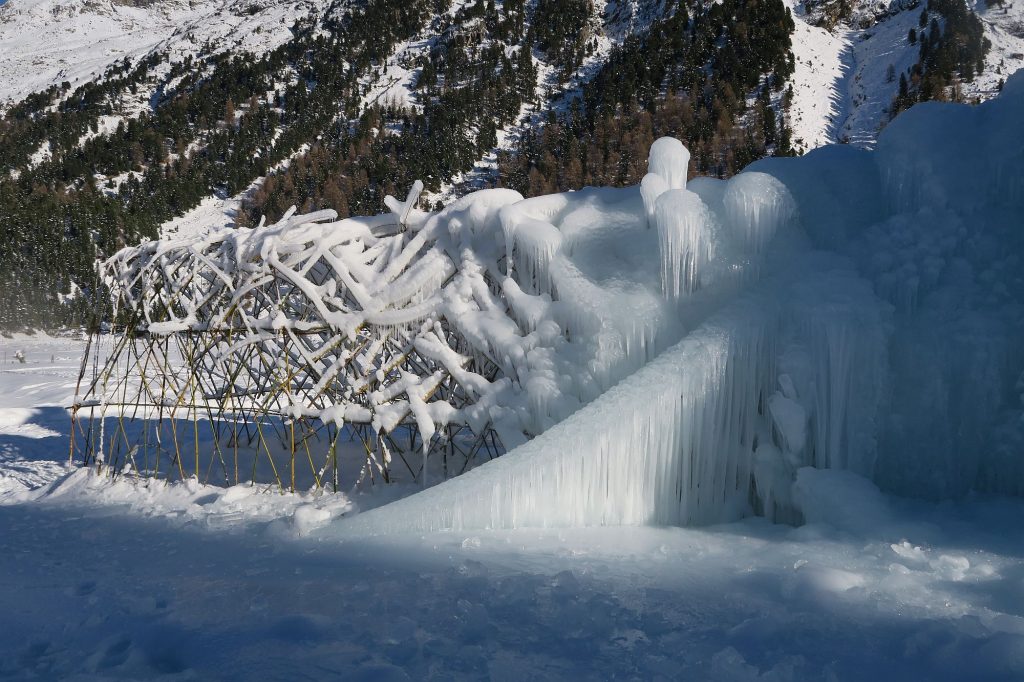
O.S.: How do you see our profession evolve over the following decades, considering the shift of environmental issues? How can one negotiate the strict regulations which surround this field with the freedom of creating?
C.C.: Nature can be found everywhere, even in big cities (but in other expressions). In general, nothing will change in terms of an architect`s issues. It only matters if he sees the challenges and chances. You best open up your eyes as widely as possible and you will find starting points for research everywhere.
Regulations should never be breaking points for your ideas. Try to find a strategy to get to your target. Try to have convincing and well thought-out ideas. Develop a good and reasonable “history in the making” and you will find support. As to sustainability, it has become an international word. I have always been working on that field but also on persistence, responsibility, ethos. Sustainability has become a political catchphrase: politicians are happy having such hooks: they can talk with and to the masses. And then, nonsense articles are integrated in the laws and rules. Money is given for nonsense projects. Sustainability is a word people talk about but not many are really doing anything for and with it. Regulations will change as everything always changes. That`s fine.
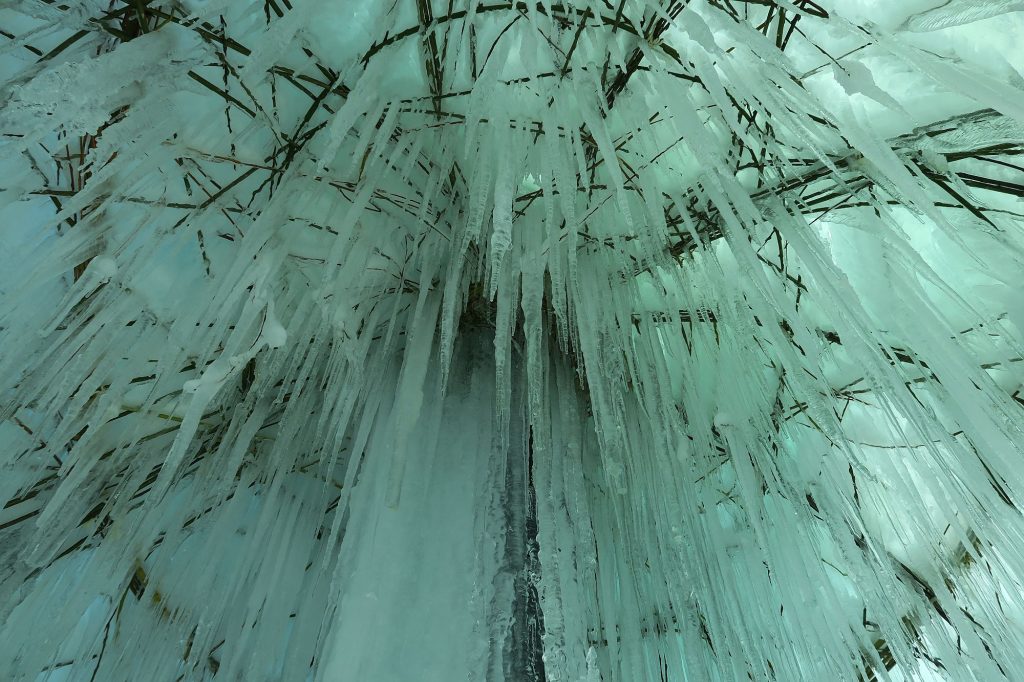
O.S.: What are the next steps in the evolution of the project and do you plan to extend it beyond the Swiss Alps?
C.C.: We also support farmers with melting stupa waters in the right season and we try to combine the melting and freezing process to produce energy for a heat pump.
As we present the whole project during the World Water Week in Stockholm this August, we are starting concrete international collaborations. I mean, if Romanian regions have similar questions and problems, tell us! Let`s try to find solutions that are general and for everyone.
